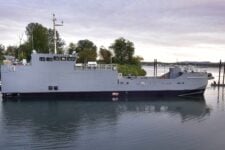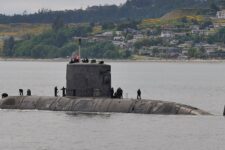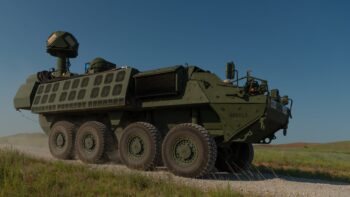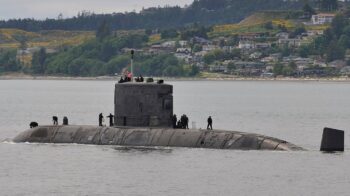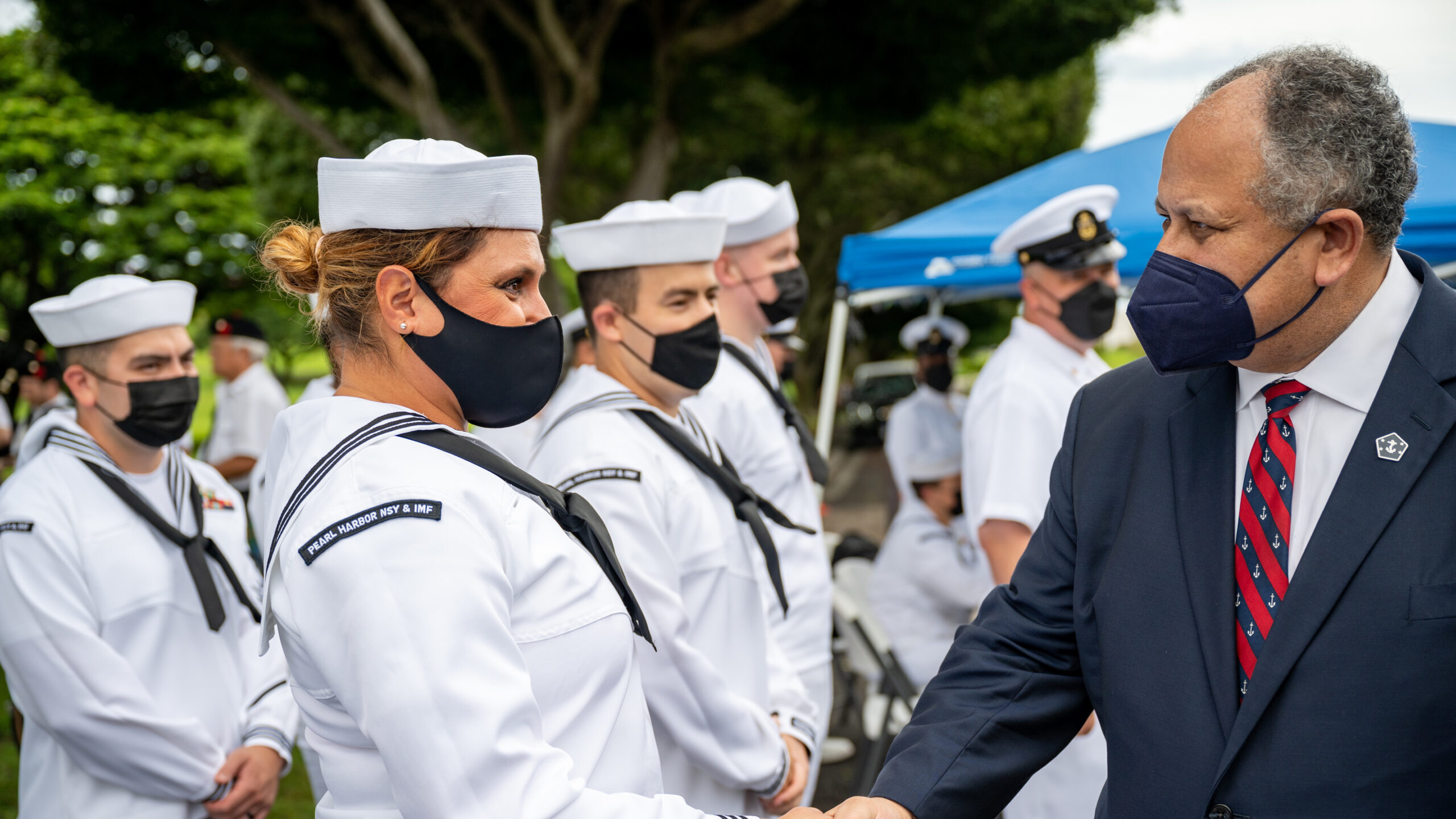
Navy Secretary Carlos Del Toro meets with sailors stationed in Honolulu, Hawaii. (U.S. Navy photo by Mass Communication Specialist 2nd Class T. Logan Keown/Released)
Updated 6/20/2023 at 4:29 pm ET with comment from Sen. Dan Sullivan, R-Ala.
WASHINGTON — In response to a terse letter from a group of lawmakers, Navy Secretary Carlos Del Toro recently said that he has “every intention to meet the legally mandated amphibious ship requirements,” but balked at providing the new shipbuilding plan lawmakers requested.
In a three-paragraph-long June 19 letter [PDF], Del Toro says he is “in constant consultation with the Commandant of the Marine Corps and Chief of Naval Operations” to provide the “right mix” of capabilities to the Navy’s fleet.
“The [Navy and Marine Corps] will continue to make investments to put us on course to achieve and maintain a ready and capable amphibious warship fleet that meets the needs of our joint force commanders,” says the letter, obtained by Breaking Defense.
Del Toro offered to brief the lawmakers in more detail but did not mention or include an updated long-term shipbuilding plan in his response, an item the senators explicitly requested in their June 13 letter, which gave Del Toro until Monday to comply.
In their letter last week, 14 lawmakers, led by Sen. Dan Sullivan, R-Ala., wrote that the Navy’s “current plan not only violates the statutory requirement [on amphibious warships], but also jeopardizes the future effectiveness of the joint force, especially as we consider national security threats in the Indo-Pacific.”
The law requiring the Pentagon to maintain 31 amphibs, the letter said, “is not a suggestion but a requirement based on the assessed needs of the Navy and the Marine Corps.”
The letter was signed by Democrats and Republicans on the Senate Armed Services Committee, including Ranking Member Sen. Roger Wicker, R-Miss., but not the Chairman Sen. Jack Reed, D-R.I.
In a statement to Breaking Defense, Sullivan said, “I wish the Secretary of the Navy had simply said he will follow the law—and presented a plan to the SASC to do so by the deadline we respectfully requested.”
“While he assures the Committee he ‘has every intention’ of following the law, his 30-year shipbuilding plan says the exact opposite, never meeting the 31 amphibious ship statutory minimum over the next 30 years,” the statement continues. “This is why I will be introducing an amendment in this year’s NDAA that forces the Navy to follow the law that was unanimously endorsed by the SASC in last year’s NDAA.”
Spokespeople for Wicker and Del Toro did not immediately respond to requests for comment from Breaking Defense.
The back-and-forth is just the latest in a long series of squabbles this year between the Navy’s top leadership and lawmakers over the fate of the amphibious warship fleet.
Pressed by the Pentagon’s top brass, the Navy’s leadership — including Del Toro, his second-in-command Under Secretary Erik Raven and Chief of Naval Operations Adm. Michael Gilday — have all attempted to make the case publicly for why the service wants to stop purchasing San Antonio-class amphibious transport docks as well as divest of certain other ships. That case has been primarily about cost and a desire to further study what the appropriate mix of capabilities for the future fleet should look like.
Their arguments have fallen short for most lawmakers though, who from day one of this year’s budget rollout have insisted the Navy has spent enough time studying the amphibious ship fleet and now must act. Sullivan has taken numerous officials to task during congressional hearings for what he sees as the Navy blatantly ignoring a law passed by Congress and signed by the president.
And, in at least one case, the Navy’s own talking points were publicly rebutted by another four-star officer: Marine Corps Commandant Gen. David Berger, who argued the cost for San Antonio-class ships has actually been decreasing when inflation is factored out.



